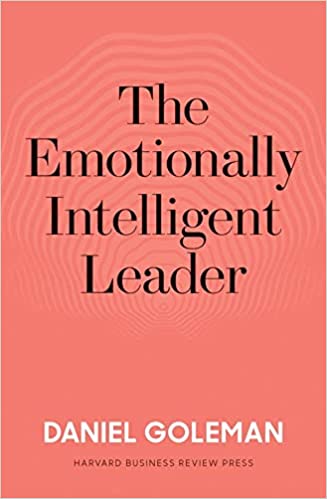Marketing to the Entitled Consumer: How to Turn Unreasonable Expectations into Lasting Relationships
RATING


This book provides several interesting perspectives and definitely offers some useful methodology. They make good points about how saturated a consumer’s inbox will be with marketing material and that new methods and approaches should be developed to create more effective campaigns.
While the book provides several useful elements to develop marketing strategies within business, it misses the beat when it comes to one of its core missions which is building long-lasting relationships. There were many instances in the book which provide a knowledge base that may help you integrate better marketing techniques and strategies, but as a whole the strategies are neither unique, nor groundbreaking. While the book has positioned itself as an end all, be all, “you will find success after reading this book,” it creates a feeling that the authors are delusional with respect to what exactly they have accomplished.
ODAY’S CONSUMERS WANT EVERYTHING. YOU SHOULD GIVE IT TO THEM.
Marketers face a paradox. Consumers expect your brand to know everything about them-who they are, what they want, and why-and to deliver it at the exact moment they need it. But ad saturation and inbox clutter make them resent everything marketers do. In this environment, traditional approaches just won’t cut it. Marketing to these entitled consumers demands a new strategy: consumer-first marketing. And this book, featuring a foreword by NFL Hall of Famer Steve Young, is the first to lay out how to do it.
Based on focus groups and surveys with 7,000 consumers, combined with the authors’ experience with hundreds of brands, Marketing to the Entitled Consumer shows you everything you need to apply consumer-first marketing in your organization. You’ll learn which data to collect-from purchase histories to pollen counts-and how to deploy it consistently across online, mobile, and real-world channels. You’ll see how to build consumer connections that cut through the clutter with the three Rs: reciprocal value, relevance, and respectful empathy. You’ll even get a roadmap on how to win over your fellow marketers and the rest of your company.
Read the book that the legendary marketing thinker Don Peppers called “a warning shot across the bow of traditional marketing.” Then get to work. Your entitled consumers are ready for a new approach…are you?
This could be a useful read to those breaking into or working with and around marketing. While it is important to note that we do not find this to be an all-encompassing guide, it does include some valuable insights and perspectives.
See content on this topic

Sales training for front line along with basic development and coaching principles for line management.
Understanding branding and communications from the standpoint of emotional engagement and building relevant and meaningful dialogue with customers.
This course covers a complete view of customer touch points (both physical and virtual) and a unique model for standardizing and managing customer contact models across channels including approaches for customer feedback, quality management, and migration.
Understand how the innovation process changes moving from functionality and channel design to a process focused on creating value for customers.
Experiential Branding & Communications – Improving Brand Integration Through Emotional Engagement.
This course covers a complete view of customer touch points (both physical and virtual) and a unique model for standardizing and managing customer contact models across channels.
Understand the value of a customer-oriented analytics package and how behavioral scenarios can be used to improve profitability through influencing behavior and usage.
To understand the principles of game dynamics and learn how to effectively use the elements of gamification in business: to involve customers, employees and contractors in the process.
Understand the components and features in a complex Customer Relationship Management system (infrastructure, architecture, functionality, etc.) and the uses and benefits for both the business and the customer.
Understanding the range and function of different relationship management processes used to build customer engagement models and manage the quality of customer relationships.
Understand how the innovation process changes moving from functionality and channel design to a process focused on creating value for customers.
Understanding the drivers and mechanics of corporate culture will help any management to design and develop an organizational culture for success and growth.




 Copy Link
Copy Link
 E-mail
E-mail
 LinkedIn
LinkedIn
 Facebook
Facebook
 Telegram
Telegram
 WhatsApp
WhatsApp

















 Go Back
Go Back
Leave a Reply
You must be logged in to post a comment.